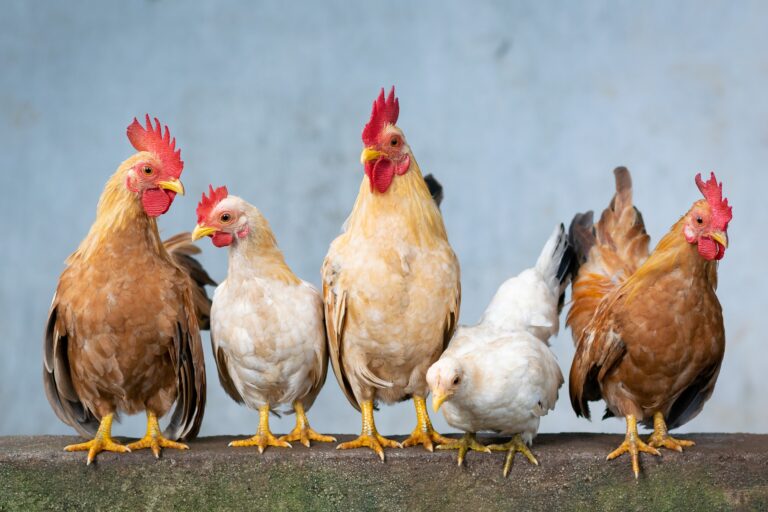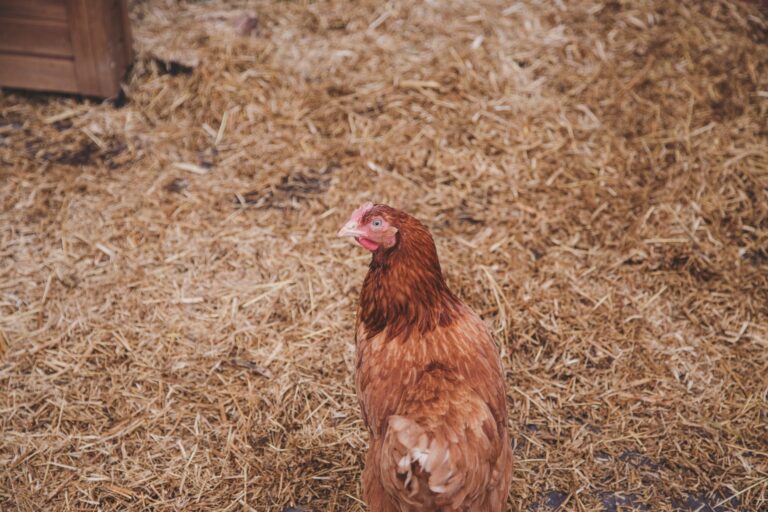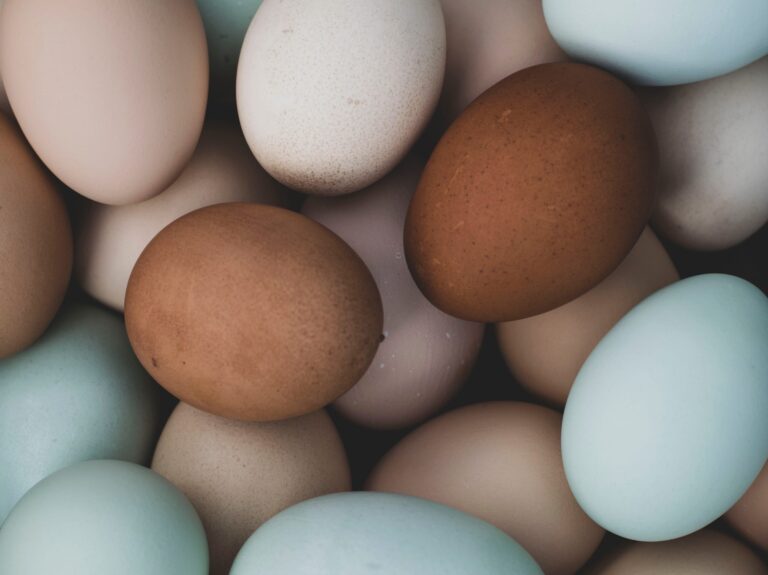Free Range is a Free-for-All


We’ve all seen the images of chickens crammed into tiny, metal cages with barely enough room to breathe. It’s a pretty horrific sight. Really makes your stomach drop.
Fortunately, the disturbing pictures spurred a movement towards free range raising conditions for many animals, including poultry. Of course, you’ll pay a premium for any foods labeled free range, but maybe the splurge is worth it if it puts your mind at ease.
Afterall, you can feel good about the chickens living under higher standards, with plenty of time in the sun enjoying the outdoors. Maybe your mind even conjures up a picturesque scene of birds roaming freely in a green field pecking at the vegetation.
Bad news.
Like many things in our mind, this is a total fantasy.
The free range fable
It seems there’s a large disparity between what consumers believe free range means and the reality of life for free range birds.
An average consumer likely envisions an outdoor space filled with trees, perhaps grass or soil covering the ground, with other types of plants and foliage around. Every bird can easily move from indoors to outdoors as often as they pleased. There’s no crowding. No pushing. It’s a relaxing, pleasant environment.
And why might consumers expect such ideal conditions?
Well, they are forking over extra money to pay for chickens to be raised using these more humane practices.
Here’s the problem.
Although free range sounds enticing, the laws surrounding the claim are utterly relaxed and ambiguous.
Free range definition (or lack thereof)


I’d guess that an average consumer of free range products assumes there’s quite a bit of regulation behind the claim. Perhaps, a certain size of outdoor space is needed? Maybe a particular square footage per chicken?
This again is a fantasy.
In fact, I could only find two, reputable sources online to explain the requirements or give a definition of free range. Note that I regularly look up food laws. Truely, this topic seems to be glossed over from a legal side.
The United States Department of Agriculture (USDA), which is responsible for regulating and inspecting most meat products defines free range with one simple sentence.
“Producers must demonstrate to the Agency that the poultry has been allowed access to the outside.”
As you may have gathered, this isn’t nearly enough regulation. That one sentence leaves too many loopholes open for producers to take advantage of.
Under this guidance, a chicken that spends one minute of its life outside is technically free range.
The definition also doesn’t specify any requirements of the outdoors space or what it should contain.
The only other place I could find a definition of free range was in a short document written by the USDA about raising turkeys. At least this provides a bit more detail than the last definition.
“In order to use these terms on a label, poultry producers must provide a brief description of the bird’s housing conditions with the label when it is submitted for approval. The written description of the housing conditions is evaluated to ensure the birds have continuous, free access to the out-of- doors for over 51% of their lives, i.e., through their normal growing cycle. During the winter months in a northern climate, birds are not “free range,” if they stay in coops all winter. Producer testimonials that support the use of the claim must state how the birds are raised in a northern climate in winter in order to conform to the meaning of “free range” during the winter months.”
Fortunately, this definition specifies how long birds must have access to the outdoors, which means we are moving in the right direction. But, let’s see if we can still poke some holes in this slightly improved version.
To start, there’s still no rules on the size of the outdoor space, or area needed per bird. There’s no mention of how many doors are required to allow the animals outside or the size of these openings. No regulation on what that outdoor plot should look like. No mention of any recommendations like shade, soil, or vegetation.
For all we know, producers could have one tiny door in an expansive barn that opens up to a 1 square foot area of concrete flooring. There’s even been rumors of pop holes, or openings so small that only the chicken’s head can fit outside.
Is this how you envisioned free range animals?
Proving a free range claim
To make a claim on food labels from “gluten-free” to “free range,” producers either have to fill out an application or go through a certification process. So, you might be wondering what does this process entail for free range producers?
From what I can find on the USDA’s website, there is documentation needed to apply for the free range claim, but the only part concerning the specific conditions of the birds requires “A detailed written description explaining controls for ensuring that the animals are raised in a manner consistent with the meaning of the raising claim that is valid from birth to harvest or the period of raising being referenced by the claim.”
Essentially, the chicken processor composes a brief account of their own facilities. Their opinion of their facilities.
See any problem with that?
I’m sure there are many concerned and humane chicken processors that are likely operating a business where the birds have plenty of space both indoors and outdoors. But, I would also guess there’s an equal number of dishonest processors willing to take advantage of the system.
And when the burden of proof simply relies on a short description provided by the person who will directly benefit from the receiving claim, there’s a lot of room for exploiting the system.
That’s like asking a toddler if they brushed their teeth. Of course they’re going to say yes.
Fixing free range


Should farmers be able to brag about the excellent conditions they raise their chicken in?
Absolutely.
But, implementing a system that’s so easy to cheat ends up disincentivizing the producers that are truly providing high-quality, free range animals. These processors burn through more money and resources, while still receiving the same profits of others providing the bare minimum.
The future of the free range claim needs to be corrected, not only to ensure animals are truly free roaming, but to also to better align with consumer’s expectations. It seems like this could easily be achieved with a small amount of additional regulation. Off the top of my head:
- Regulate the amount of outdoor space needed per bird
- Designate a number of openings or size of openings to the outdoor space
- Describe requirements of the outdoor space such as soil, grass, vegetation, and shade.
- Require a certain amount of time spent outdoors
- Have a 3rd party audit
The future of free range
For how much I’m dragging the free range claim, I do think it’s a step in the right direction. Or, maybe I should say it’s a good first step.
It’s given consumers concerned about animal welfare a range of products that provide them peace of mind. It has become the go-to option for an ever growing number of animal advocates.
But, with a little digging, the free range claim loses its credibility. The certification process is incredibly lenient. There’s few rules and plenty of loopholes. The regulation really needs some beefing up.
The good news is, you, the consumer have the power to change this.
Remember the USDA?
That’s the regulating body for the free range claim. It’s a department of the federal government, which means they work for you. In fact, the USDA regularly asks for public comment on proposals, regulations, and rules here.
So, while many of us are stuck at home, why not use some of that free time to start having an influence on the food you eat?

